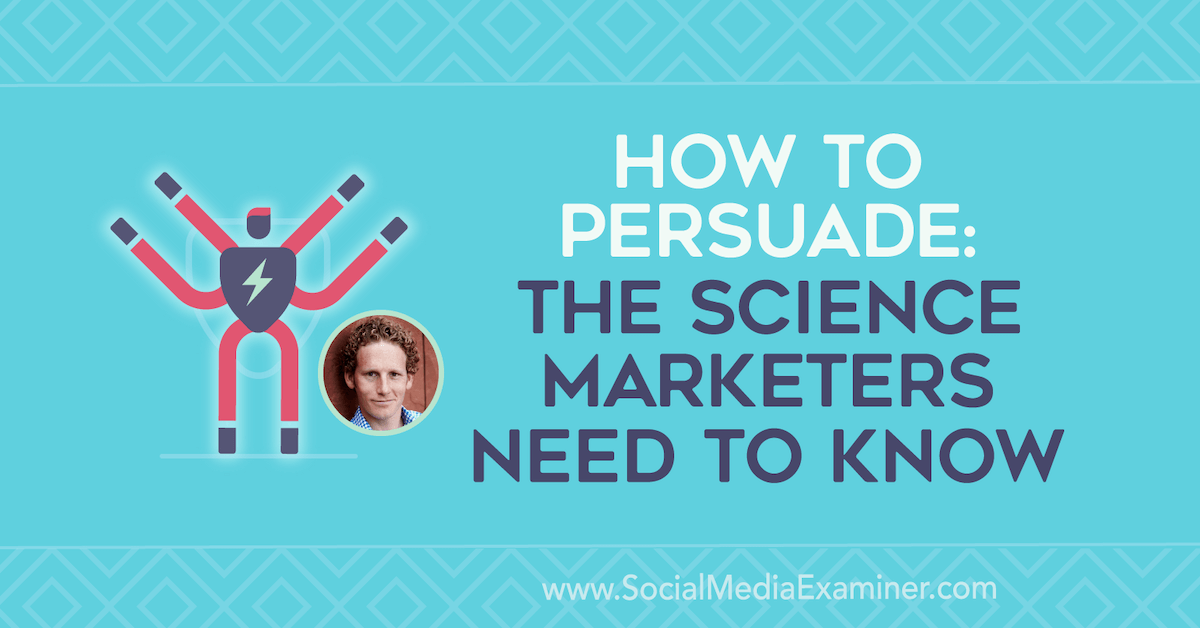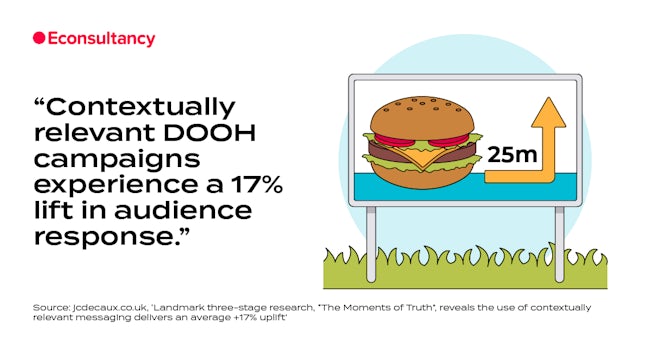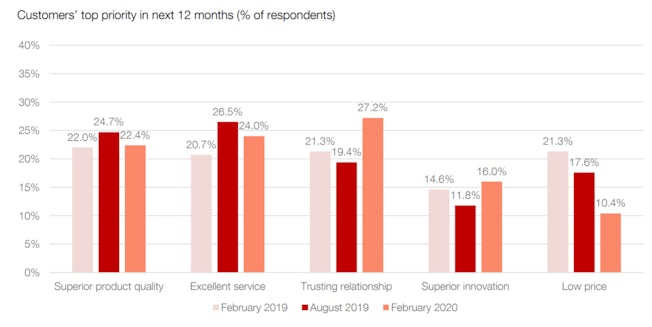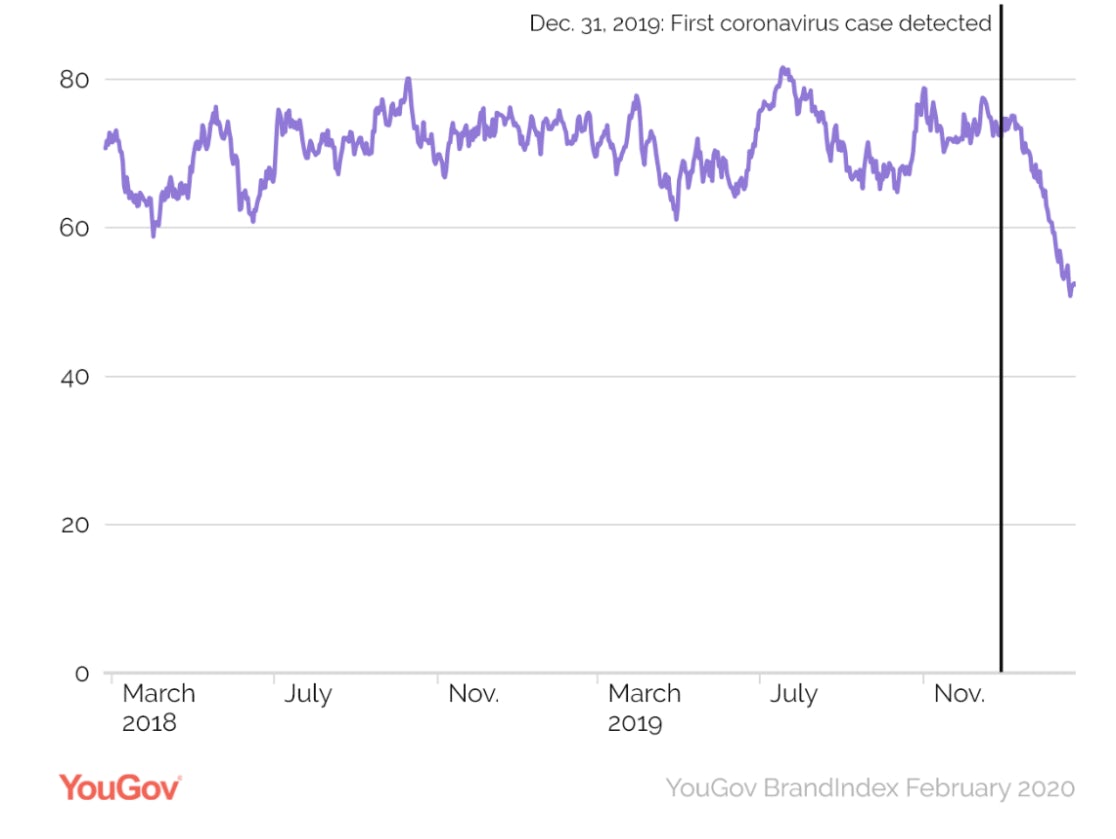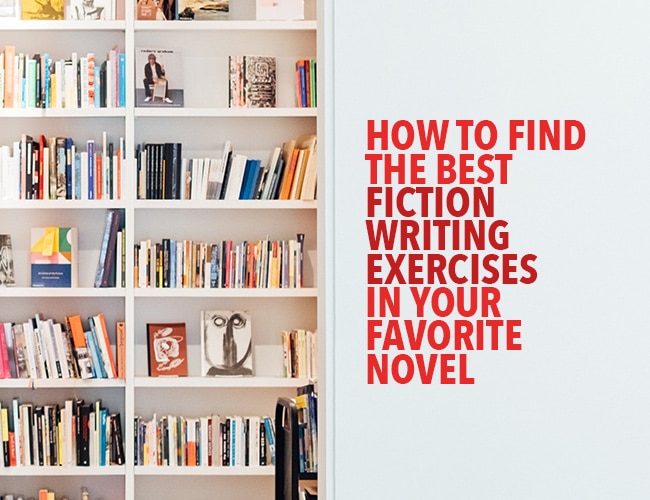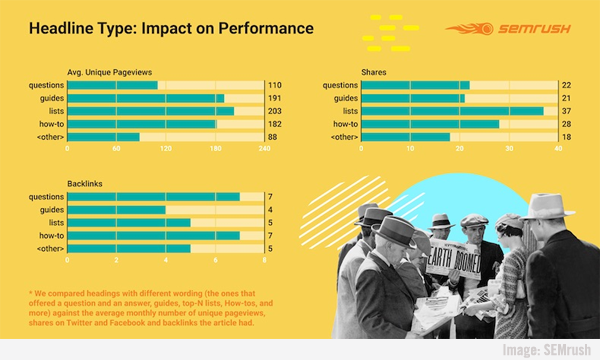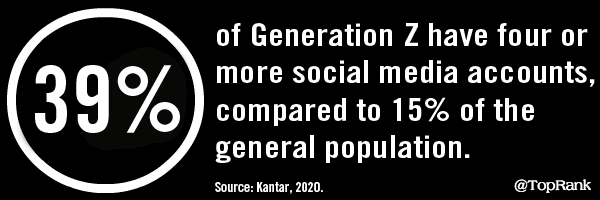On the morning I moved in with Johnny, it rained incessantly. The heat warmed the rain, making the asphalt, the house walls, and even the tiles on the roofs seem to sweat, and a haze overhung the city. It was impossible to ride a bicycle through the streets; you had to get off and push, because the earth itself had turned to liquid.
Seoul was not a labyrinth of the indicative back then, there were only subjunctives and what-ifs; back then it was possible to have and try out numerous different lives, and often one of them would implode: the victims of the marriage fraudsters, who one day would have to defend themselves against lawful spouses, the innocent bigamists who had trusted a forged death certificate, the mix-ups that made children into orphans on a daily basis, the refugees from the North, arriving without any papers, who were branded as communists and persecuted. Back then it was inadvisable to depend upon just one life story, and it had never been easier to acquire several or exchange the one you had for another. Seldom had identity been so fragile; it could be shattered by a piece of paper.
Johnny cleared some space for me in his cupboard, where I stored the thin mat and blanket I used for sleeping; initially I didn’t have even a change of clothes. I left the house early in the mornings, watching out for the landlords in the hallway. The last thing I wanted was to run into them, for Mr Pak wasn’t too pleased that there were now two people living in the room, and only one paying.
At night, Johnny and I sat by the window, smoking and drinking beer, the one bottle which we allowed ourselves each week, and which we drank very, very slowly, to make it last. By daybreak, the final dregs were warm, but we drank those too, because it was still beer even if it was bad beer, and all the while music played on Johnny’s valve radio. The word ‘Zenith’ was embossed on it, above the speaker grille, and the songs it played back were heavenly, heavenly in their acoustic excess. From the neighbourhood outside came the faint sound of voices, the muffled cries of street traders, the faraway drone of car engines, the barely audible buzz of insects. Johnny and I had got ourselves a filed-down, halved grenade as an ashtray, bought from a stall holder who specialized in taking war relics, remnants from the civil war, and transforming them into household items. He also had water buckets made from helmets with welded-up bullet holes, military signs that had been painted over, as well as tea trays made from compressed tin cans (Coca-Cola and Pepsi-Cola were his bestsellers).
From his friend, I purchased a jacket and a pair of trousers that not too long ago had been a soldier’s uniform; after the end of the civil war they had been compelled to turn another colour in one of the numerous dye-works along the Chŏnggye River, for only then would they be acceptable as everyday clothes. You could see them even from a distance, the long washing lines with the sombre-looking, dripping-wet clothes and the large, steaming vat. Once a week, used uniforms were delivered and dyed black (there were innumerable corrupt officers and generals in the military who wanted to make a little something on the side; this profession’s business acumen was legendary). Black was the students’ colour of choice, the dyer explained, and they were his main customers, with the plethora of new universities springing up everywhere he would make a mint; his daughter had to take her entrance exam outside, sitting on a scrap of old newspaper, with the questions next to her on one of the few patches of grass that hadn’t yet been trampled.
He nodded to us and went back to sorting items of clothing, trousers with trousers, jackets with jackets, checking the pockets before the wash. Most were empty, but in one he found a pencil stub, in another some old chewing gum and in another still a small photograph, the portrait of a young woman. He studied it as he stirred the dye with a pole. After the clothes had been immersed in the water for a while, he hung them up to dry on a line he had strung up between the trees and the electricity mast; he burned the photo, along with the chewing gum. The pencil vanished into his trouser pocket.
On some evenings, Eve joined us, and we would go to the small bar around the corner that made do with three drinks on the menu, and a home-made radio whose makeshift technology cut every song in half. Next door was the mini-market, where Johnny stocked up his cigarette supply and Eve bought the American gum she was always chewing, yellow Wrigley’s. As soon as we were inside the bar, the owner shut the door behind us and turned the key in the lock; bars weren’t allowed to open after curfew. Then, in the candlelight, we mostly discussed the details of my private life. Every one of these conversations ended with Eve telling Johnny to find a wife for me, and with me protesting in vain until, ultimately, I had no choice but to navigate the debate away from me and into the abyss of politics. ‘Japan,’ I said one night, ‘has been sending thousands of Koreans to North Korea for months now. Have you heard about it?’ Eve shook her head, grimaced and suppressed a yawn, while Johnny nodded eagerly and fished an old newspaper article out of his jacket pocket. He pointed at the headline and said that the campaign was even being advertised in the papers in Japan, ‘the Great Homecoming’ they were calling it, how ridiculous, the Great Homecoming! How many of these home-hungry people were really from North Korea, he said, it could only be a fraction after all, most had been wrenched from their villages in the south during the Second World War and loaded onto Japanese ships as slave labourers, forced to work from the day of their arrival – in mines, in munitions factories – but now the Japanese government wanted rid of them, to avoid having to pay compensation. Johnny spoke quickly, stumbling over his words, he was upset and thought I should be too – but I wasn’t sure what to believe.
I had heard that North Korea was doing better economically than the South, that the recovery was progressing rapidly, that there were jobs, that Pyongyang was now modern and clean. I had been told all this by my neighbour in Daegu, who had disappeared soon after along with his entire family. I wondered whether he had been lying or telling the truth. Why shouldn’t things be better in the North than here? It had been richer than the South even before the division; it had the natural resources, the industrial plants. Perhaps the politicians living there were more intelligent, more competent? I thought all of this, but didn’t dare say it out loud; Rhee’s spies were everywhere.
‘Those communist pigs can’t just kidnap our people,’ Johnny blurted out, ‘the president has to do something about it.’ ‘What, Rhee?’ I interrupted him, ‘the man who refused to take them in when Japan declared them to be foreigners and took away their rights? He could have brought them to the South, remember! Kim Il-sung just got there first.’
Eve looked around hastily; I had raised my voice. She took the chewing gum out of her mouth, disposed of it in a tissue and looked at me, then at Johnny. ‘What would you know,’ muttered the latter, turning his attention back to drinking his soju.
For three months I searched in vain for work. I did the rounds of the same shops at the South Gate Market, in Namdaemun, the part of Seoul which is closest to the main station and therefore offers ample opportunities for stealing and working, for little jobs with which one can earn some small change, enough for a meal. The market had reopened just a few years before, having burnt down during the Korean War; prior to that, until 1945, it was out of bounds to Korean vendors. It snaked its way through numerous side streets and alleyways, and everyone who set foot in this quarter had come either to buy or sell something. There was no real entrance, nor exit; the market began suddenly and stopped again just as suddenly, and it was never closed, especially not at night, when smuggled goods were brought out and offered in hushed tones, when the murmured lists of products and prices would drift from dark corners, and haggling was conducted at a whisper. As soon as a policeman or government spy approached, recognizable by the very fact that no one recognized them, the wares would disappear back into the darkness, and the candles, flickering on the stalls just moments before, were extinguished.
Dried squid and seaweed dangled from the roofs, barley and rice grains shimmered in hip-height sacks like tiny golden and white pearls, watermelons and honeydew melons lay in woven baskets. Suddenly, the light bulb that had illuminated an entire section of the street exploded, and for a second every- thing went still and I was liberated from my eyes; I sniffed my way through the market, groping past the spices, the chilli peppers, whose herbal, spicy scent never left this part of the city, past the ginger roots and cinnamon bark, past the black peppercorns and freshly roasted sesame seeds. I could hear thin rice-flour flatbreads being fried, the vegetables and the dough hissing in the hot pan, and finally my eyesight awoke again, revealing the little blue flame of the gas cooker in front of the tin containers where the marine creatures lived: the sea bream, scabbard fish, mackerel, sea urchins and spider crab which hadn’t yet been sold.
I felt safe after dark, when my gaze didn’t get lost in the flood of images; in daylight I was constantly losing my bearings because my feet followed my eyes. The streets were lined with little shops beneath long black awnings with white lettering; in the middle of the road sat the merchants, farmers’ wives and children, they crouched on the floor and offered their wares, their baskets filled with potatoes, sweet potatoes, onions, garlic, gherkins, Chinese cabbage, tomatoes, courgettes, peaches, raspberries or apples, depending on the season – in autumn I kept a lookout for my favourite fruit, persimmon. Many of the younger women wore headscarves and caps to conceal their shaven heads; they had sold their hair to wig- makers. These could be seen at the market too, usually in conversation with their customers or the sellers, women who didn’t look up if anyone came close to them, but then again hardly anyone did, not even the boys foraging for glass bottles in the mountains of rubbish that formed between the shops and on the paths, in order to wash them and sell them on. Whenever a truck drove through the market to bring a fresh delivery, old women and children went in pursuit, collecting whatever had fallen to the floor. Some even tried to swipe the fruit and vegetables directly from the loading bay, and were chased away. The same men would later devour the meals that these women had prepared, then, the next time, drive them away just as mercilessly as before.
I saw veterans who had lost both legs in the war, and now navigated their way through the narrow alleyways on a board with wheels strapped to it, balancing a plastic bowl for alms between their teeth; little old women who chewed and sucked on long pipe stems, clapping their hands and singing loudly whenever they spotted an American in their labyrinth who seemed to need Korean money; old men huddled over a small square table playing janggi; vendors who had fallen asleep over their wares and were being robbed blind by everyone who had noticed: the socks, undergarments and undershirts would turn up in another corner of the city, in another neighbourhood, beneath a bridge in the north, or in the slums in the west. Nothing disappeared forever in Seoul; objects had a longer life expectancy here than people.
I didn’t find what I was looking for. At the beginning of October, when the trees were slowly beginning to change colour, a street trader told me to make enquiries on the other side of the city, at the East Gate. He said that factories and workshops were cropping up near the Chŏnggye River, a bicycle factory had opened just recently, and I should keep a lookout for posters; it was five in the morning, and the vendor had just washed his face with cold water from a bucket. Almost as soon as I nodded and turned around, he and the other merchants all emptied their buckets as if on command, and I suddenly found myself stood in a raging river.
Photograph © Gary Millar
The post The Great Homecoming appeared first on Granta.
